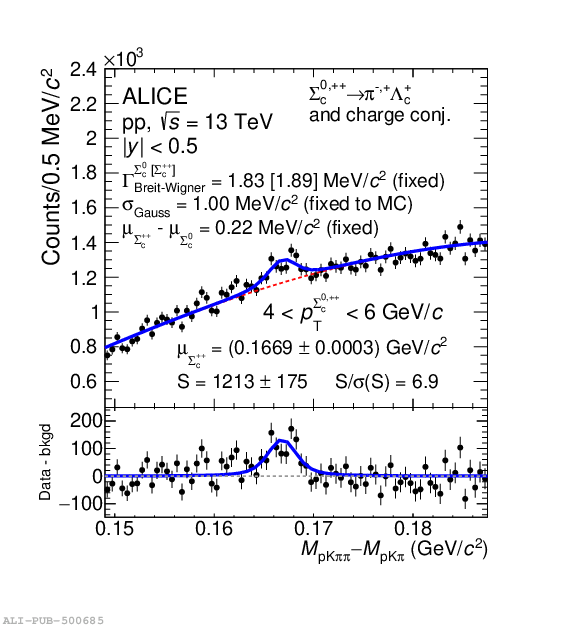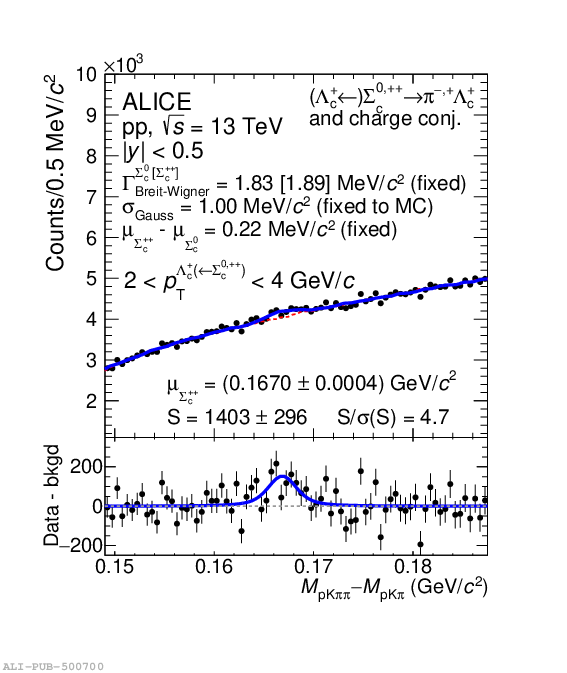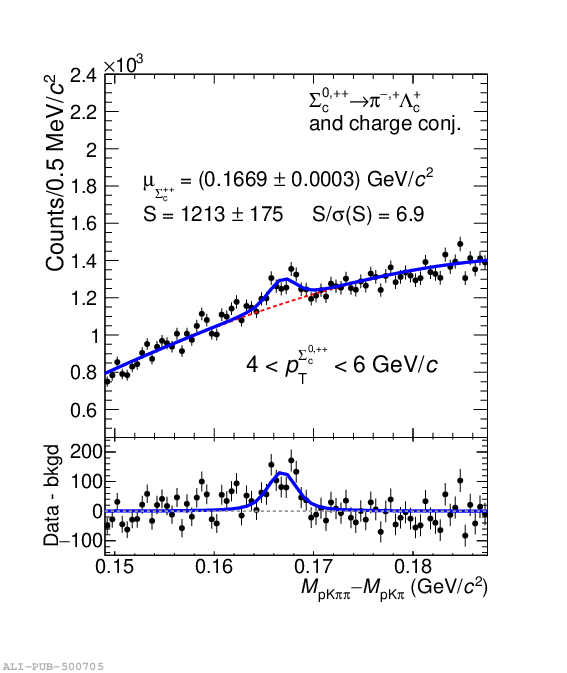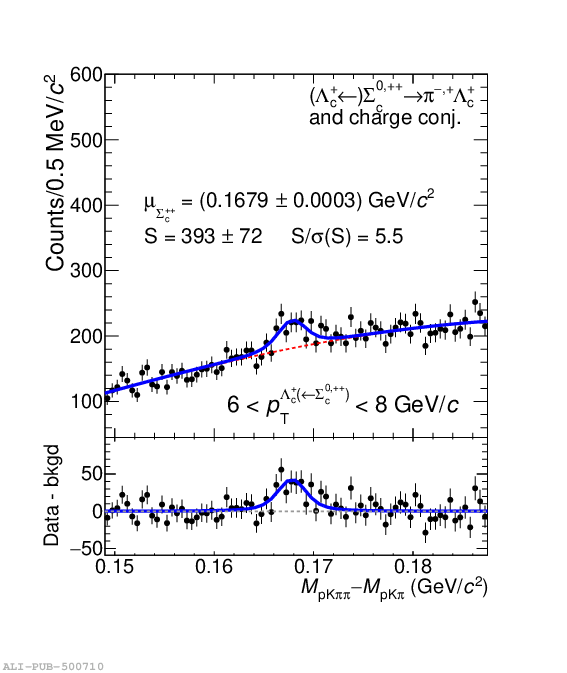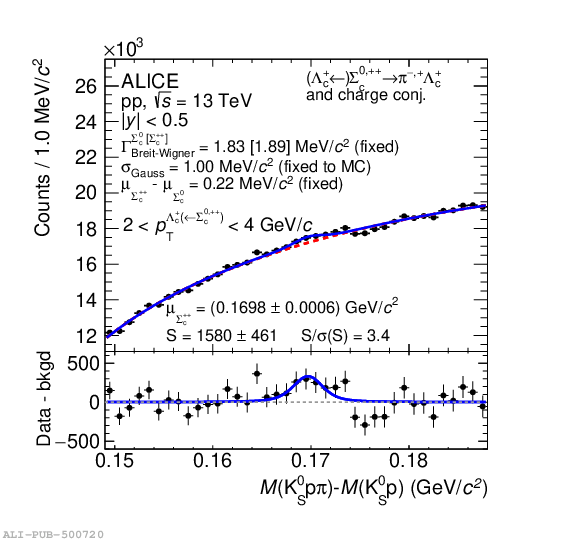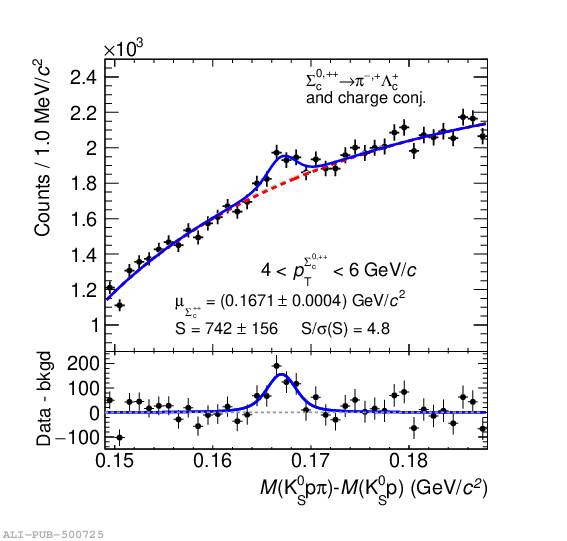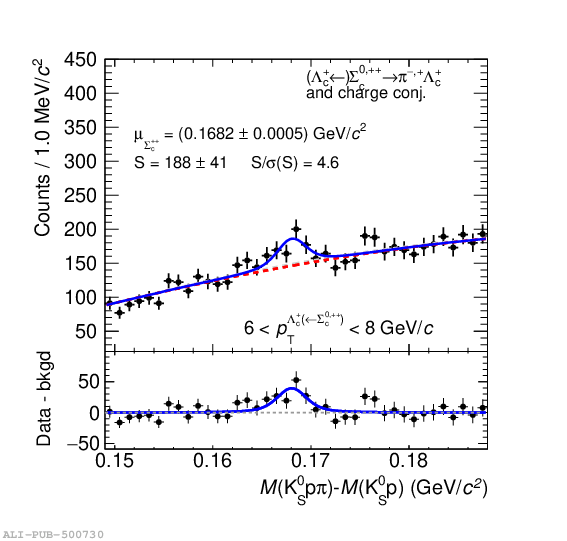The $p_{\rm T}$-differential production cross sections of prompt D$^{0}$, $\Lambda_{\rm c}^{+}$, and $\Sigma_{\rm c}^{0,++}(2455)$ charmed hadrons are measured at midrapidity ($|y| <~ 0.5$) in pp collisions at $\sqrt{s} = 13$ TeV. This is the first measurement of $\Sigma_{\rm c}^{0,++}$ production in hadronic collisions. Assuming the same production yield for the three $\Sigma_{\rm c}^{0,+,++}$ isospin states, the baryon-to-meson cross section ratios $\Sigma_{\rm c}^{0,+,++}/{\rm D}^{0}$ and $\Lambda_{\rm c}^{+}/{\rm D}^{0}$ are calculated in the transverse momentum ($p_{\rm T}$) intervals $2 <~ p_{\rm T} <~ 12$ GeV/$c$ and $1 <~ p_{\rm T} <~ 24$ GeV/$c$. Values significantly larger than in e$^{+}$e$^{-}$ collisions are observed, indicating for the first time that baryon enhancement in hadronic collisions also extends to the $\Sigma_{\rm c}$. The feed-down contribution to $\Lambda_{\rm c}^{+}$ production from $\Sigma_{\rm c}^{0,+,++}$ is also reported and is found to be larger than in e$^{+}$e$^{-}$ collisions. The data are compared with predictions from event generators and other phenomenological models, providing a sensitive test of the different charm-hadronisation mechanisms implemented in the models.
Phys. Rev. Lett. 128 (2022) 012001
HEP Data
e-Print: arXiv:2106.08278 | PDF | inSPIRE
CERN-EP-2021-103
Figure group

